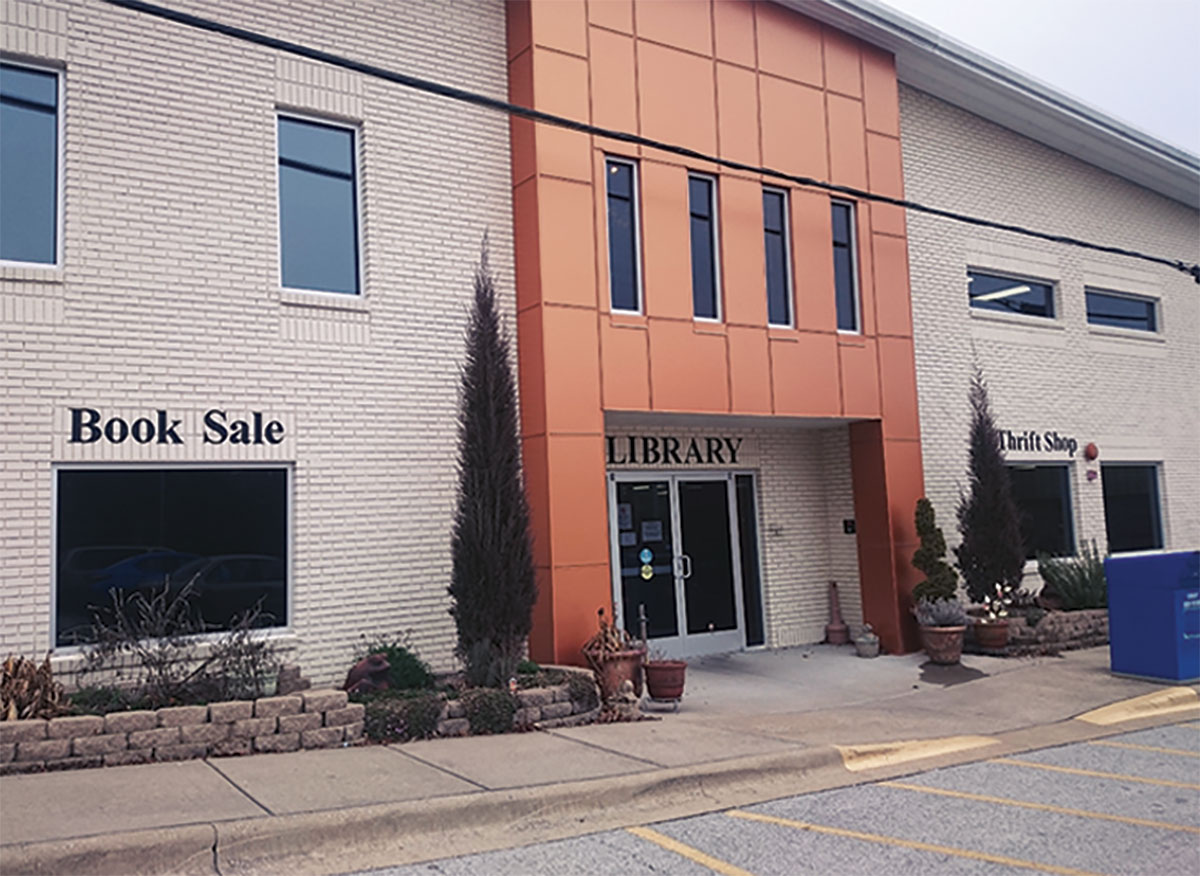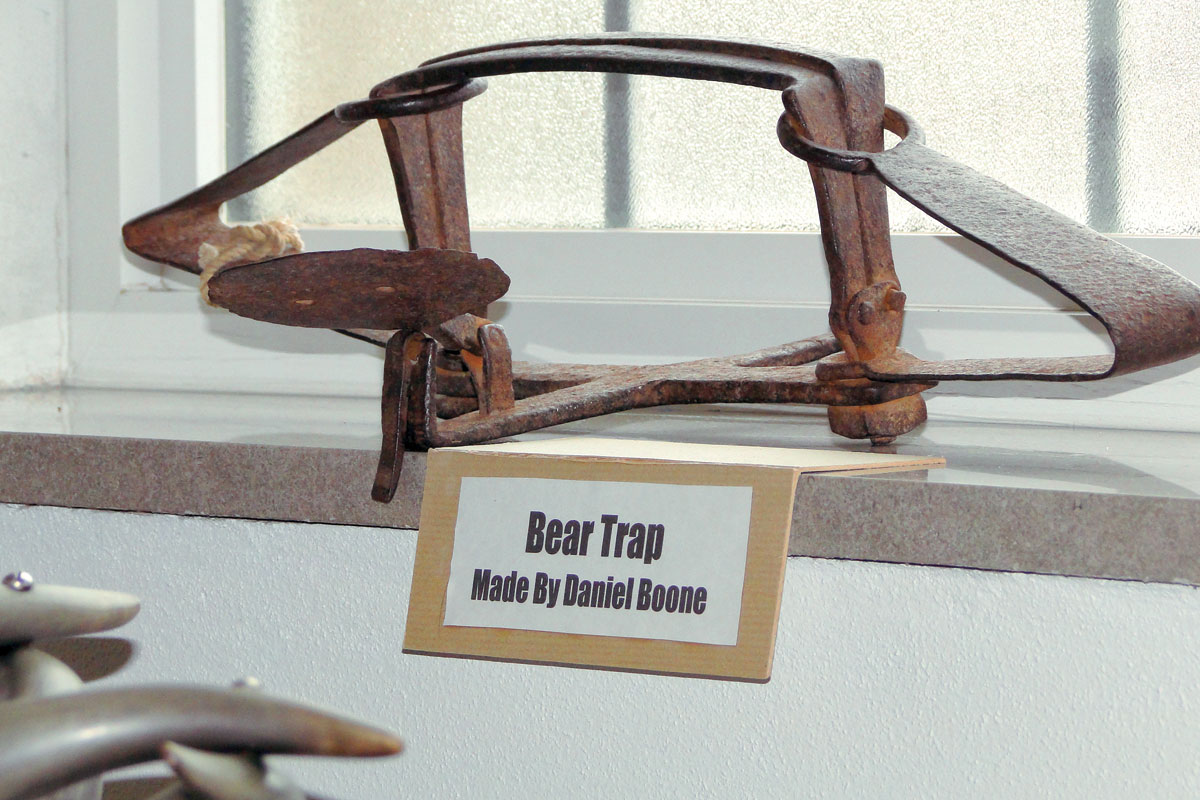
Perhaps the most universal method of settling unexplored land is for adventurers to penetrate the landscape with hardy settlers not far behind. The next step is for forward-thinking entrepreneurs to move into an area to provide the services needed by settlers and townspeople.
Entrepreneurs like John Bayless of Claremore, Okla., who moved to Indian Territory from Missouri, have a profound and often far-reaching influence. John’s youngest son Wayne served as an Oklahoma Supreme Court justice with a great grandson Tom currently the Chief Financial Officer of the RCB bank in Claremore. John moved into the Indian Territory at the turn of the 20th century to the Claremore area rather than Tulsa because he understood the business potential of having two railroads. He also understood that Oklahoma was soon to become a state.
John’s vision went far beyond a typical dry goods/hardware store. In this period of history, science, technology and industry were advancing quickly, and he embraced them all. He founded and built the First National Bank of Claremore and constructed the first power plant, an athletic club with an indoor swimming pool, the Sequoia Hotel – complete with electric lighting and radium baths – and a three-story opera house where the first floor was a drugstore. He also built an exquisite 9,000 square-foot, four turret brick house with gas fireplaces, an innovative central atrium and skylight that helped heat and cool the house and indoor plumbing. This “belle” of Rogers County was named Belvidere Mansion because of the views while different today are still impressive.
Construction of the massive home began in 1906 and was completed in 1907, not long after John suffered a fatal appendicitis attack.
“John Bayless, ever the businessman, saved money by purchasing woodwork from the 1904 St. Louis World’s Fair as part of the interior design,” John Cary, director of the Belvidere Mansion said.
The result of that purchase in addition to other design elements identifies the mansion as a transition structure because some elements like the turrets and fret work are in typical ornate Victorian style while more simplistic woodwork typifies the emerging craftsman style.
Mary Bayless and her seven children lived in the house until the 1920s. They held sophisticated parties in the third floor 3,000 square-foot ballroom, with the first floor serving as living quarters and the second floor reserved for sleeping quarters. Several pieces of original Bayless furniture within the period decorated home include a desk and bookcase in what is now a gift shop and an emerald green chair returned to the home by a San Antonio grandson. Another especially prized piece is the base of an 1860 fairy board sewing machine used by the character Marmee in the movie “Little Women.”
“The only reason this beautiful structure survived is because the second and third floors were turned into apartments in the 1930s,” said volunteer Kathy Wilken.
While the conversion caused extensive damage, the basic structure, including the three brick thick external walls, was intact. The building eventually fell into serious disrepair and was finally deserted in the early 1990s until it was purchased by the Rogers County Historical Society and repurposed as a tour home, gift shop and teahouse.
“While we have received three grants, we are totally funded and mostly furnished by contributions and donations,” Patrick Deaver, the current Rogers County Historical Society president, said.
The society has received $180,000 through wills and trusts in addition to ongoing contributions and donations.
“Maintenance and new projects such as refinishing the parquet flooring are expensive and we have to supply those funds,” Patrick added.
Some monies come from the gift shop, ballroom rentals, and tea room proceeds, but fundraisers are essential and include two annual murder mystery dinner theater nights and special teas such as Downton Abbey and themed teas such as Gatsby and the Victorian era. Patrick also said, “In spite of having 15 to 40 volunteers, depending upon the season and needs, we always need more, and it gets harder every year to get younger people involved.”
One interesting connection to Arkansas history is with the Sam Walton family, founders of Wal-Mart. Sam’s wife, Helen Robson Kemper Walton, was from Claremore. She and Sam married in Claremore on Valentine’s Day in 1943. The Belvidere mansion served as a boardinghouse and an apartment complex during Helen’s years in Claremore.
Kathy said, “Belvidere Mansion, an official painted lady with four exterior colors, is a community jewel. This means we want everyone to come and visit and therefore do not charge for touring the home.” Because the home was initially only opened seasonally during Christmas, many people do not realize Belvidere mansion is open all year round.






